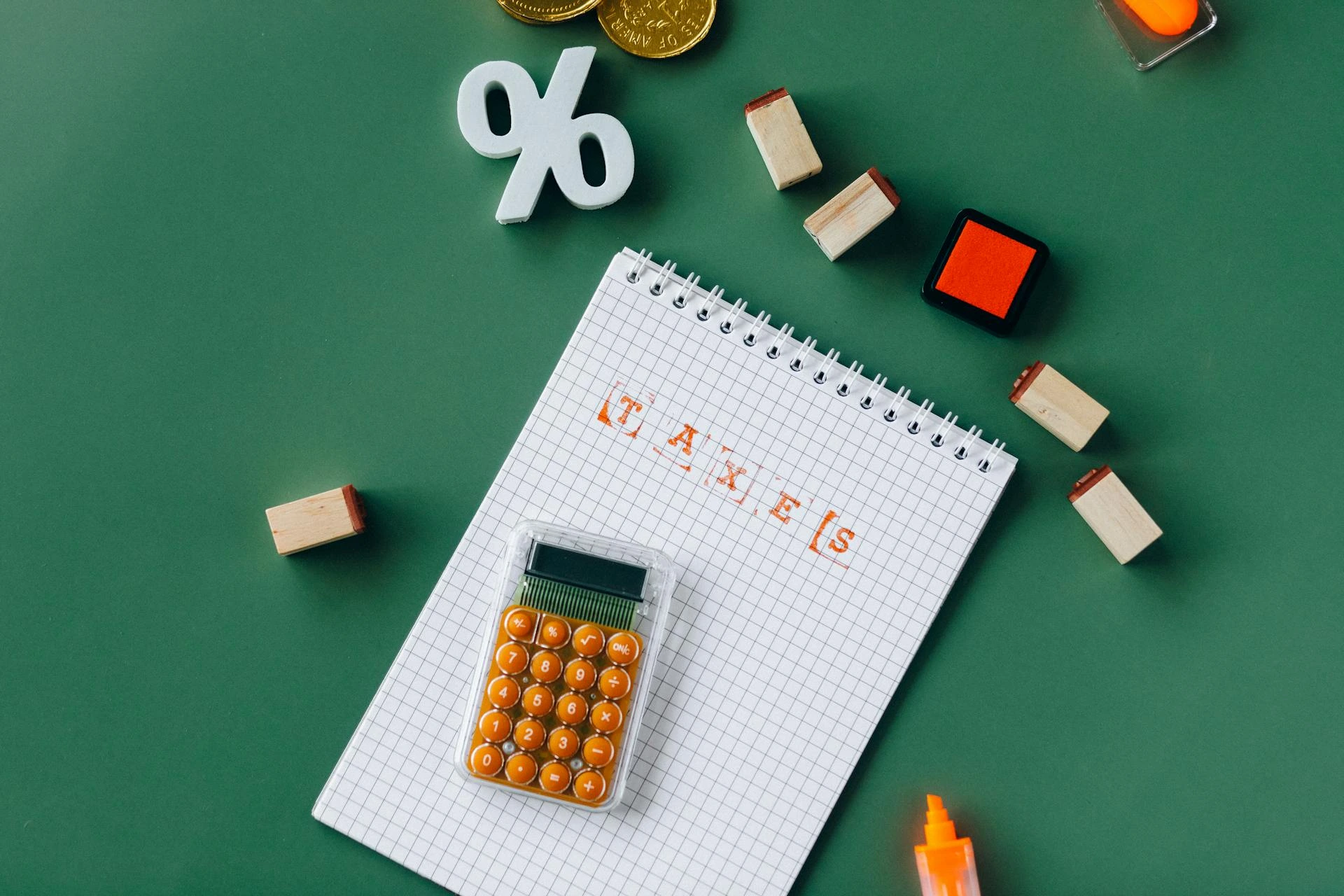How to Calculate Percentages Quickly: Free Online Calculator & Guide

Percentages are everywhere—from calculating discounts during sales to determining loan interest rates. Whether you're a student checking exam scores, a shopper comparing deals, or a homebuyer analyzing mortgage rates, understanding percentages is crucial.
This comprehensive guide covers:
- Basic percentage calculations with examples
- Percentage increase and decrease formulas
- How to calculate percentage differences
- Real-world applications (shopping, loans, tips)
- Common mistakes to avoid
- Free online percentage calculator tool
What is a Percentage?
A percentage (%) represents a fraction of 100. It's a standardized way to express proportions, making comparisons and calculations more intuitive. The symbol "%" literally means "per hundred," so 25% translates to 25 out of 100.
Why Understanding Percentages is Essential
- Financial Decisions: Interest rates on loans, credit cards, and investments are expressed in percentages
- Academic Grading: Test scores and GPA calculations often use percentages
- Shopping & Discounts: Sales promotions advertise discounts as percentages
- Business Metrics: Profit margins, growth rates, and performance metrics rely on percentages
Examples in Daily Life:
- Shopping: "Get 30% off on your next purchase!"
- Finance: "Your loan has a 5% annual interest rate."
- Grades: "You scored 85% on your exam."
- Health: "This food contains 10% of your daily fiber."
💡 Pro Tip: Use our Percentage Calculator to skip manual math and get instant results!
Basic Percentage Formula
The standard percentage formula is:
Example 1: Calculating 20% of 50
So, 20% of 50 is 10
Example 2: What percentage is 15 out of 75?
So, 15 is 20% of 75
Example 3: Finding the Whole When You Know the Part and Percentage
If 25% of a number is 40, what is the original number?
Whole = (40/25) × 100 = 160
So, the original number is 160
Percentage Increase and Decrease
Percentage Increase Formula:
Example 1: Salary Increase
If your salary rises from $50,000 to $55,000, the increase is:
10% salary increase
Example 2: Stock Price Increase
A stock price jumps from $120 to $150. The percentage increase is:
25% stock price increase
Percentage Decrease Formula:
Example 1: Price Discount
If a product's price drops from $80 to $64, the discount is:
20% discount
Example 2: Revenue Decrease
A company's revenue falls from $1 million to $850,000. The decrease is:
15% revenue decrease
| Operation | Original Price | Result | Difference |
|---|---|---|---|
| 20% Discount | $50 | $40 | $10 less |
| 20% Increase | $50 | $60 | $10 more |
Percentage Difference Between Two Values
Need to compare two numbers? Use this formula:
Example 1: Sales Comparison
If last year's sales were $200K and this year's are $250K, the difference is:
50,000 / 225,000 × 100 ≈ 22.22%
22.22% increase in sales
Example 2: Mileage Comparison
You ran 10 miles last week and 15 miles this week. The percentage difference is:
5 / 12.5 × 100 = 40%
40% increase in mileage
Real-World Applications of Percentages
1. Shopping Discounts
A $120 jacket is 25% off. What's the final price?
120 - 30 = $90 final price
2. Calculating Tips
Want to leave 15% tip on a $75 bill?
3. Loan Interest Rates
A $10,000 loan at 7% interest for 1 year costs:
4. Exam Scores & Grading
If you scored 42 out of 50 on a test, your percentage is:
5. Business Profit Margins
If a product costs $60 to make and sells for $90, the profit margin is:
6. Population Growth Rates
A town's population grows from 10,000 to 12,000 in 5 years. The growth rate is:
Common Mistakes to Avoid
- Confusing Percentage Points vs. Percentages: A change from 5% to 10% is a 5 percentage point increase, but a 100% increase in relative terms
- Misplacing the Decimal: 15% = 0.15, not 15. Always move the decimal two places left
- Using the Wrong Base Value: When calculating percentage changes, always divide by the original value, not the new one
- Ignoring Compound Percentages: A 10% increase followed by a 10% decrease doesn't return to the original value
FAQs About Percentages
1. How do I calculate 15% of a number?
Multiply the number by 0.15 (or divide by 100 and multiply by 15).
2. What's the difference between percentage increase and decrease?
- Increase: (New - Old) / Old
- Decrease: (Old - New) / Old
3. How do I reverse a percentage?
If a price after a 20% discount is $80, the original price was:
4. How do I add or subtract percentages?
- Adding 10% to $50: 50 × 1.10 = $55
- Subtracting 15% from $200: 200 × 0.85 = $170
5. What's the easiest way to calculate percentages mentally?
- For 10%, move the decimal one place left
- For 5%, take half of 10%
- For 20%, double 10%
Conclusion: Master Percentages Instantly
Now you know how to calculate basic percentages, increases/decreases, and real-world applications—from shopping to loans. Understanding percentages is an essential life skill that helps with financial decisions, academic performance, and everyday calculations.
For quick results, use our free Percentage Calculator to solve problems in seconds! Bookmark this guide for future reference and share it with friends who might find it helpful.
🔗 Related Tools: Marks Percentage Calculator | Percent Error Calculator
External Resources:
Investopedia: Percentage Definition
CFPB: Consumer Financial Protection Bureau